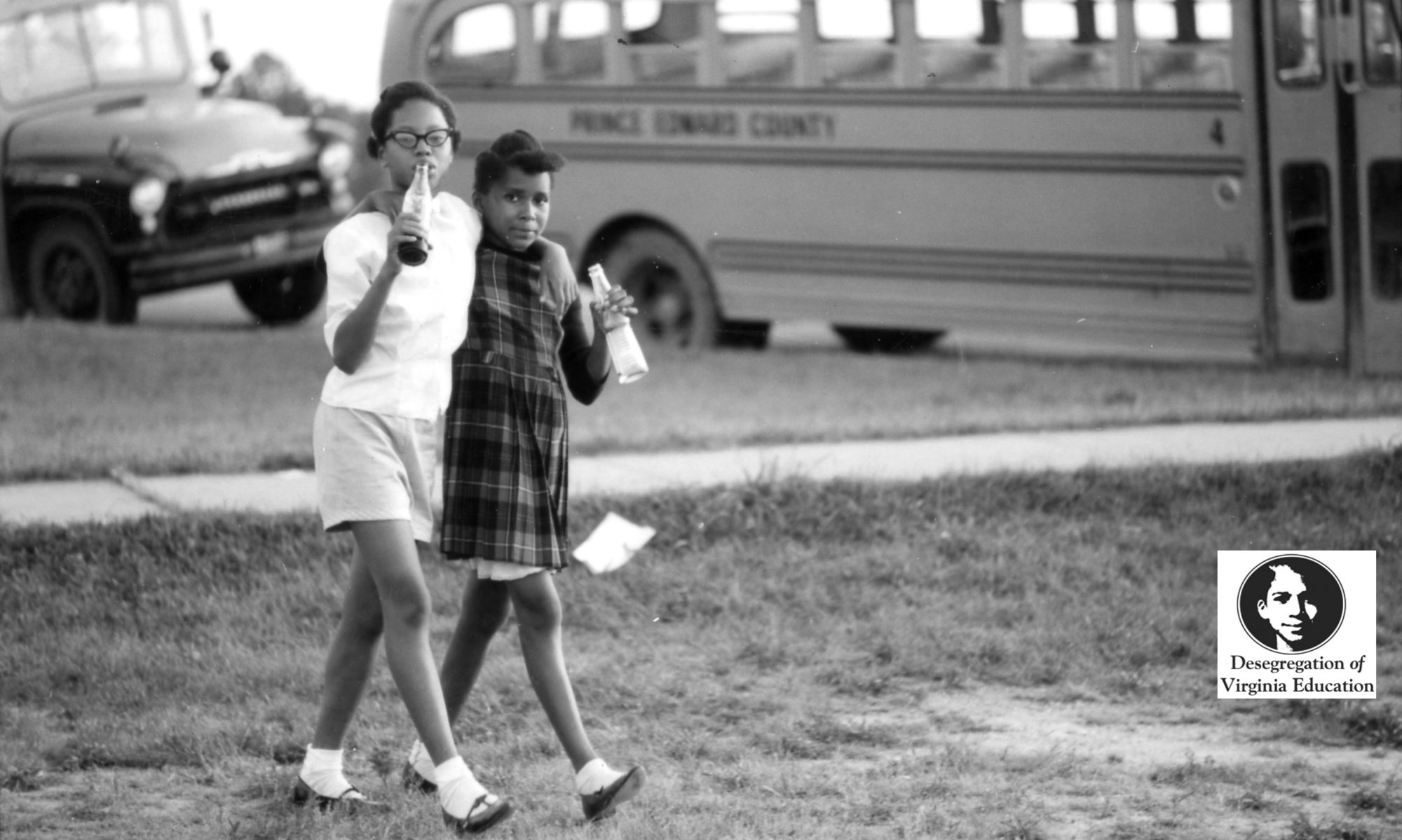USDC, Western District of Virginia, Charlottesville, Civil Action Case #30: Gregory Hayes Swanson v. The Rector and the Visitors of the University of Virginia
| Creator | USDC, Western District of Virginia, Charlottesville |
| Description | In the summer of 1950, an African American lawyer named Gregory Swanson applied to take additional graduate courses at the University of Virginia’s Law School. Swanson had graduated from the Howard Law School and was seeking to take graduate courses at the University of Virginia. However, when Swanson applied to the school, his application was denied because of his race. At the time, Virginia’s higher education segregation laws did not permit African Americans from entering a white school. As a result, Swanson “with the help of Thurgood Marshall and Charles Houston” took the case to the Western District Court of Virginia. During the Court’s proceedings, Swanson pointed out that he would have been accepted to the school had he been a white with the same qualifications. During the trial, Swanson told the court that he was merely trying to exercise his legal right to freedom of discrimination. While the segregation laws of Virginia were designed to prevent blacks from entering schools of higher education, the laws clearly had a bigger enemy than Swanson: the United States Constitution. The 14th Amendment states that, “No state can make or enforce any law which shall abridge the privileges or immunities of citizens of the United States.” Furthermore, Swanson’s legal team brought to light two other desegregation cases in their arguments. Pearson v. Murray stated that the state cannot undertake the function of education in law, and that no person may be omitted from education because of skin color. The case also stated that students must be offered equal treatment and be admitted to the school provided. The second case, “Sweatt v. Painter”, took place in Texas. The court’s ruling backed Swanson’s argument by saying that “We hold that the Equal Protection Clause of the Fourteenth Amendment requires that the petitioner be admitted to the University of Texas Law School.” In reaching the final decision, the three US Circuit judges agreed that Swanson was denied entry in to the University of Virginia Law School solely because he was a member of the “Negro Race”. The judges went on to say that Swanson possessed all of the scholastic and moral qualifications necessary for him to be accepted into the Law School. By use of the 14th Amendment, Swanson and his legal team were able to break down the race barriers that were designed to keep African-Americans out of Virginia higher educational facilities. This landmark decision by the Western District of Virginia successfully concluded that no person could be held back from a higher education exclusively because of their race or skin color. |
| Call number | Civil Action Case #30 |
| Date from | 1950 |
| Date to | 1960 |
| Geographic school | Charlottesville, VA |
| Size | unknown |
| Access restrictions yes/no | no |
| Access restrictions | |
| Part Of larger collection yes/no | |
| Larger collection title | |
| URL | |
| Repository | NARA Mid-Atlantic Region |
| Repository address | 14700 Townsend Road, Philadelphia, PA 19154-1096 |
| Repository contact name | David Weber |
| Repository contact title | Director, Records Management Program |
| Repository contact email | philadelphia.reference@nara.gov |
| Repository contact phone | (215) 305-2000 |
| DoveRegion | (outside of Virginia) |
| Subjects | o African American students
o African Americans–Civil rights o African Americans–Segregation o Public schools o Segregation in higher education o District courts–Virginia o Marshall, Thurgood, 1908-1993 o Houston, Charles Hamilton, 1895-1950 o University of Virginia. School of Law o University of Texas. School of Law o Howard University. School of Law |
| Types | Legal documents |
